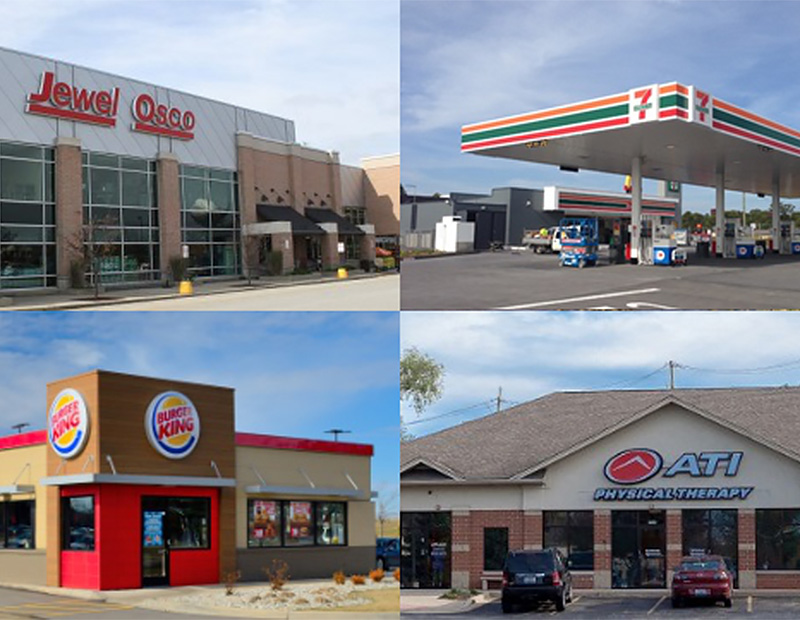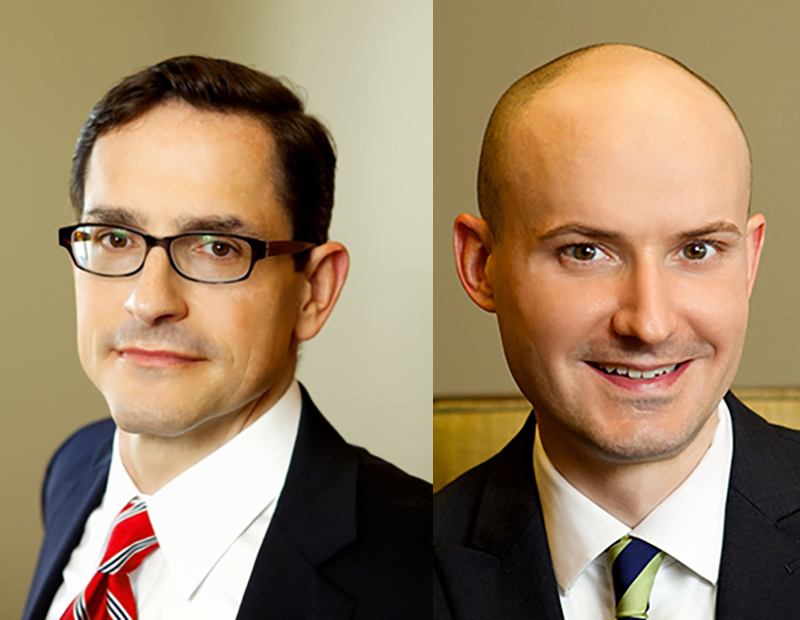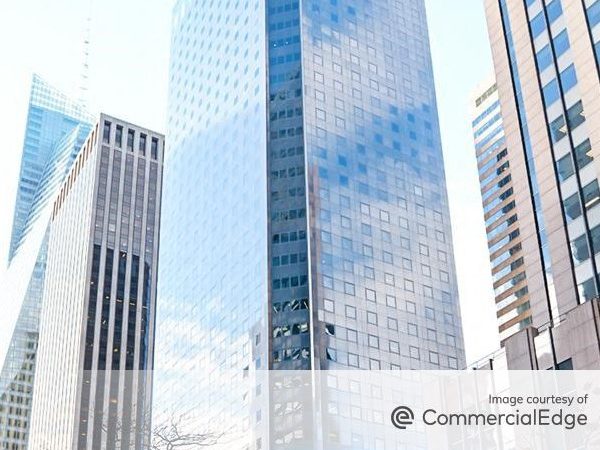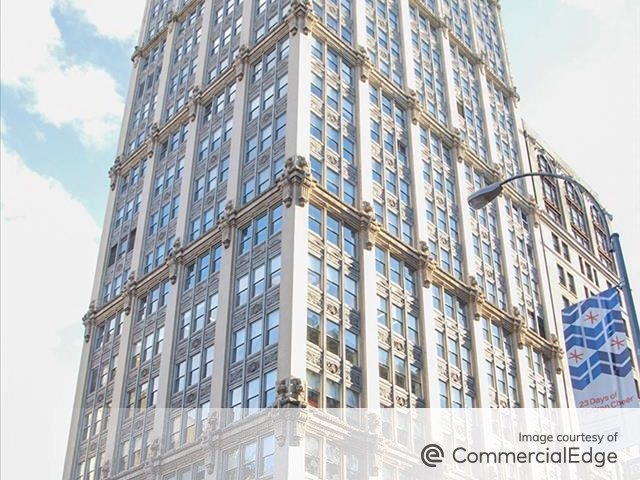Cap Rates Rise for Net Lease Retail, Office; Down for Industrial
The average cap rate for the single-tenant net lease retail sector has continued to increase all year and hit its highest level since 2015, The Boulder Group reports.
By Gail Kalinoski
Cap rates for the single-tenant net lease retail sector increased by 5 basis points in the third quarter, marking the third consecutive quarter increase and its highest levels since the fourth quarter of 2015. Asking cap rates also increased for the net lease office sector by 5 basis points but decreased for the industrial sector by 2 basis points, according to the Third Quarter 2018 Net Lease Report from The Boulder Group.
“Demand for net lease properties has remained strong throughout the year. The biggest surprise is that cap rates were relatively stable as the majority of investors expected cap rates to rise across the board by a more significant number,” Randy Blankstein, president of The Boulder Group, said in a prepared statement.
The continued upward movement in retail net lease property caps was due to the movement in the 10-year Treasury yield, which in the third quarter peaked at 3.10, the second-highest level since early 2014, the report noted. The Boulder Group report also stated the “upward trend of cap rates should remain as the Federal Reserve continues to implement its monetary policy objectives.” In the report, Blankstein said that upward movement of the 10-year Treasury yield has the most impact on the weakest of net lease properties, such as those with no rent escalations, weak credit tenants and locations in secondary or tertiary markets.
Despite the third-quarter increase in cap rates for both the net lease retail and office sectors, which were 6.25 percent and 7.00 percent, respectively, Blankstein told Commercial Property Executive the third-quarter numbers were still relatively stable.
“I think the biggest takeaway is the market is a little bit stronger and not 100 percent correlated with interest rates,” he told CPE.
He said he also expects demand for net lease properties and activity to continue in the fourth quarter and cap rates to remain in a similar range.
The report found industrial cap rates were compressed by 2 basis points in the third quarter, dropping from 7.04 percent in the second quarter to 7.02 percent.
Blankstein said the declining cap rates for the industrial sector are occurring because of the lack of supply.
“Industrial, which is still a hot market, always has the least supply out there and this quarter was no different,” he said. “There was never enough to start with and people that have it don’t want to sell it. It’s a multi-year trend.”
Both industrial and office net lease sectors saw fewer properties on the market during the third quarter. The report noted there were 504 office properties on the market, down 6.32 percent from 538 in the second quarter, and 384 industrial properties on the market, down 1.03 percent from 388 in the second quarter.
Net lease retail had a slight increase in the number of properties on the market in the third quarter, rising 3.11 percent to 4,347 properties available from 4,216 in the second quarter, according to the report. Overall this year, the number of retail properties on the market is up 17.2 percent, as property owners position their properties to sell as the cap rates go higher.
Popular 1031 exchanges
Blankstein told CPE many of those sellers are private owners of properties priced in the $3 million to $10 million range who are looking to exit and take advantage of the buyers seeking a passive investment with long-term leases and yield, many through 1031 exchanges.
The report also highlighted the differences in median asking cap rates by year built and tenants. For example, in the pharmacy sector, the median asking cap rates for properties developed between 2012 and 2018 range from 5.3 percent for CVS to 6.50 percent for Rite Aid, with Walgreens at 5.52 percent.
In September, a Boulder Group report looked at cap rates in the net lease quick service restaurant (QSR) sector, noting they declined to 5.50 percent in the second quarter, a drop of 6 basis points from the previous year. Cap rates for corporate-leased QSR properties were down by 11 basis points to a 5.24 percent cap rate and those leased to franchisees dropped 4 basis points to a 5.71 percent cap rate.
Images courtesy of The Boulder Group









You must be logged in to post a comment.